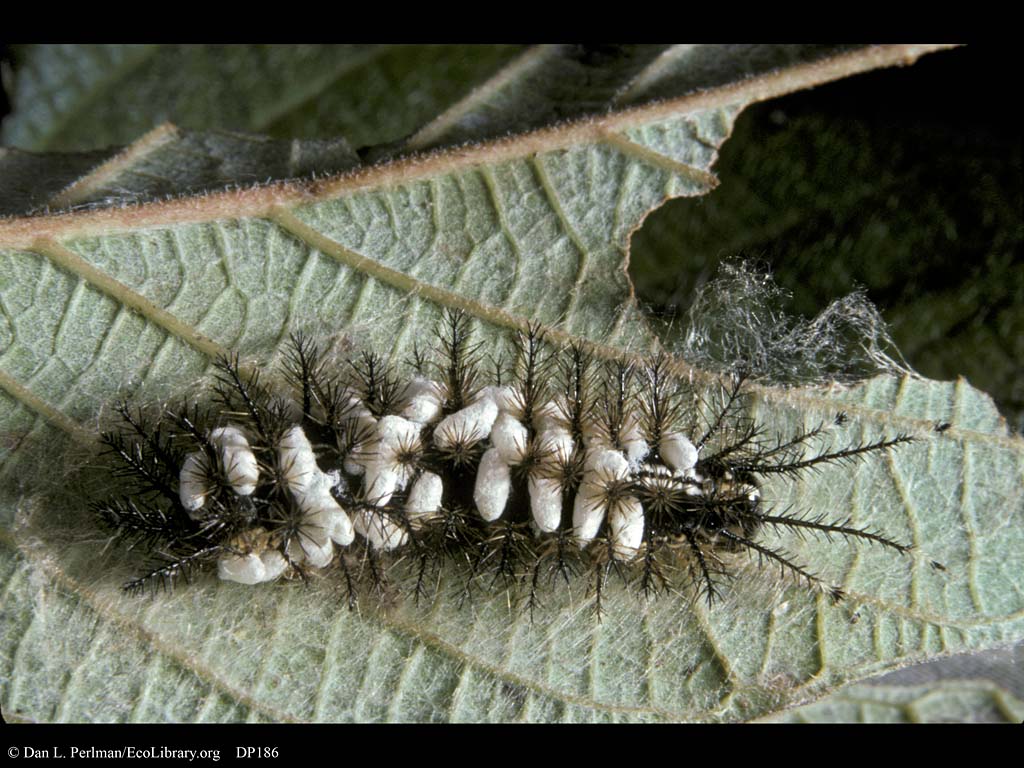How has DNA changed how we investigate crimes? What are the two main tests? Describe them
One type of DNA test is DNA profiling.
It begins with a sample of a persons DNA. The best way of collecting a sample is the use of a
buccal swab, as this reduces the possibility of contamination. When this is not available, other methods may need to be used to collect a sample of blood, saliva, semen, or other fluid or tissue from personal items (e.g. toothbrush, razor, etc.) or from stored samples (e.g. banked
sperm or
biopsy tissue). Samples obtained from family can provide an indication of a persons profile, as could human remains which had been previously profiled.
A reference sample is then analyzed to create the individual's DNA profile using one of a number of techniques, discussed below. The DNA profile is then compared against another sample to determine whether there is a genetic match.
http://en.wikipedia.org/wiki/DNA_profiling
Paternity is the use of
genetic fingerprinting to determine whether two individuals have a biological parent-child relationship. A paternity test establishes genetic proof whether a man is the biological father of an individual, and a maternity test establishes whether a woman is the biological mother of an individual. Though genetic testing is the most reliable standard, older methods also exist including
ABO blood group typing, analysis of various other
proteins and
enzymes, or using
human leukocyte antigen antigens. The current techniques for paternal testing are using
polymerase chain reaction (PCR) and
restriction fragment length polymorphism.
DNA testing is currently the most advanced and accurate technology to determine parentage. In a DNA parentage test, the result (called the 'probability of parentage)
[1] is 0% when the alleged parent is not biologically related to the child and the probability of parentage typically greater than 99.9% when the alleged parent is biologically related to the child. However, while almost all individuals have a single and distinct set of genes, rare individuals, known as "
chimeras", have at least two different sets of genes. There have been several cases of DNA profiling that falsely "proved" that a mother was unrelated to her children.
[2]
http://en.wikipedia.org/wiki/Dna_paternity_test
I think that DNA has changed the way we investigate crimes in a really good way. DNA helps prove the innocent, innocent; and the guilty, guilty. Because of the use of DNA testing when solving crimes, now crime seens have to be blocked off and not touched at all because of the risk of contaminating the DNA samples.
 http://sekotin.co.cc/_cacheimg/w/o/worm%20dissecting.jpg
http://sekotin.co.cc/_cacheimg/w/o/worm%20dissecting.jpg























